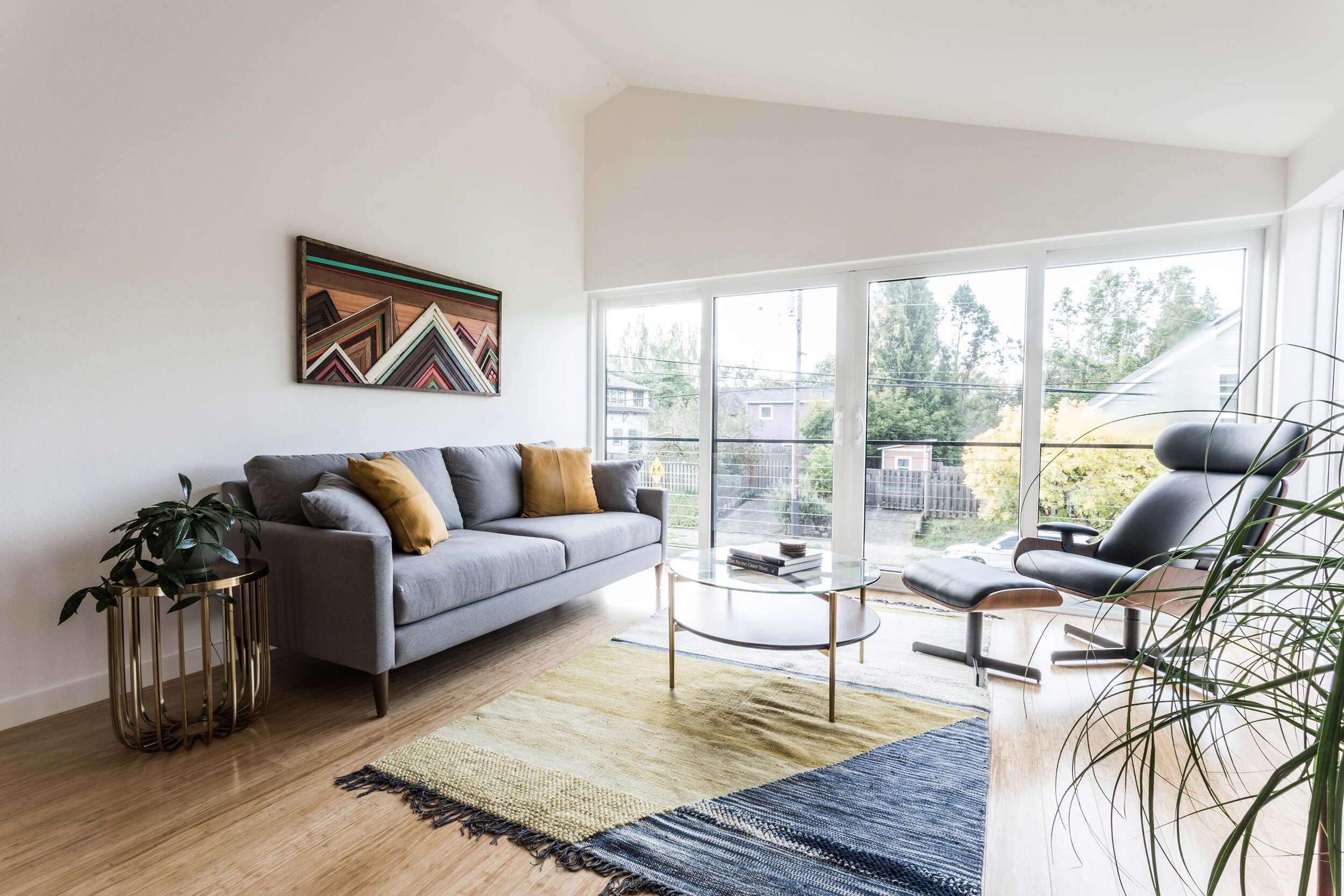Accessory Dwelling Units (ADUs) have gained significant attention as versatile living spaces that offer homeowners various benefits. Whether it's accommodating family members, generating rental income, or creating a home office, ADUs play a crucial role. In this comprehensive guide, we'll delve into the importance of thoughtful ADU design, with a specific focus on maximizing living space efficiency. We'll also highlight the advantages of using pre-designed ADU plans in simplifying the design process and saving valuable time.
The Role of Living Space in ADUs:
ADUs are all about providing functional living spaces. These spaces can encompass living rooms, bedrooms, and multipurpose areas, making them versatile and adaptable to different needs. Whether you're housing family members or renting out the ADU, the design of the living space plays a pivotal role in making the unit comfortable and appealing.
Local ADU Regulations and Zoning Requirements:
Before diving into ADU design, it's essential to understand local regulations and zoning requirements. These regulations can significantly impact the design of your living space. Factors such as setback requirements, size limitations, and zoning considerations must be taken into account to ensure compliance. Call your local building department or read your local ADU zoning code to learn about the restrictions in your area. Once you understand the overall size limitations you can then start considering how to divide the area of the ADU into adequate living spaces.
Advantages of Using Pre-Designed ADU Plans:
Designing an ADU can be a complex process, especially if you're starting from scratch. However, pre-designed ADU plans offer several advantages:
Streamlined Process: Pre-designed plans simplify the design process by providing a comprehensive blueprint. You won't need to spend extensive time on custom design, reducing project delays.
Expertise: These plans are crafted by experienced designers who understand the nuances of ADU design and construction. You can trust that the design is optimized for efficiency and functionality.
Efficiency: Pre-designed plans are carefully created to maximize every square foot of living space. This efficiency is essential for creating a comfortable and functional ADU.
Maximizing Living Space Efficiency:
Efficient space planning is key to ADU design. Consider the following strategies:
Open Floor Plans: Open layouts create a sense of spaciousness and flexibility. They're ideal for making the most of limited square footage.
Multifunctional Areas: Design living spaces that serve multiple purposes. For example, a fold-down bed can transform a living room into a bedroom.
Natural Light: Maximize natural light with large windows and strategically placed skylights. This not only brightens the space but also makes it feel more spacious.
Smart Storage: Incorporate built-in storage solutions to minimize clutter and maximize usable space.
Small Bedrooms: with smaller overall sizes for ADUs than main houses, it is important to allocate the right amount of space for each function. We recommend smaller bedrooms, and larger living rooms to give more space to the places you spend the most time while awake.
One Bathroom: WIth limited square footage it is better to have larger kitchens and living areas than to have multiple bathrooms. If you really must have a second bathroom, consider only a 1/2 bath.
ADA Compliance and Accessibility:
Creating ADU layouts that consider ADA guidelines is essential for creating accessible ADU living spaces that are ready for aging-in-place. This includes features like wider doorways, accessible bathrooms, and proper ramp access. These design considerations ensures that your ADU can accommodate a wide range of occupants comfortably and can set your ADU apart from others in your rental market.
Interior Finishes and Aesthetics:
Interior finishes play a crucial role in enhancing the overall appeal of your ADU living space. Consider these factors:
Materials: Choose durable and visually appealing materials that align with your design preferences.
Color Palettes: Use colors strategically to create a sense of continuity and spaciousness. We tend to stick to white, light gray, and neutral colors that can compliment a wide range of styles.
Design Styles: Select design styles that resonate with your tastes while maintaining a cohesive look. We think modern styles are in higher demand on rental markets and can demand higher rental rates.
Designing ADU living spaces that are both efficient and comfortable is a rewarding endeavor. By maximizing every square foot, ensuring ADA compliance, and carefully selecting interior finishes, you can create a space that serves your needs seamlessly. Consider the advantages of using pre-designed ADU plans, which streamline the design process and save valuable time. With thoughtful planning and the right resources, your ADU can become a functional and inviting living space that enhances your property's value and functionality.

